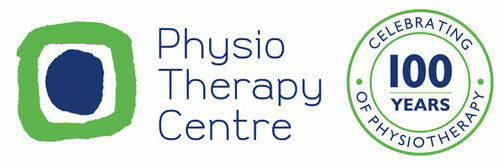RICE, PRICE or vanilla ice that’s the question.
Having started my little research project into the use of ice to help the healing process after being shown the book by Gary Reinl my journey ended up somewhere completely different altogether.
What are you on about I hear you ask. Well, what happened is that I ended up listening and watching far more so called experts on the internet than I care to remember. And, one thing that struck me was the way they presented their knowledge was very much based around them becoming the next big thing!
At times they seemed hell bent on promoting their ‘thoughts’ and ‘concepts’ in order to promote themselves, and virtually forgetting the patient in front of them. This is not the ‘patient centred’ care that makes therapy work!
So what is patient centred care? This is the melting pot of what happens when you see an expert clinician who can use their clinical expertise, best practices including hands on treatments and clinical evidence to make up a ‘cooking receipe’ to help the individual in front of them. Not someone who will try and fir a square peg in a round hole.
Ok, so what about this ice thing? Again it goes back to patient centred care and I have found a nice systematic review (the highest form of clinical evidence) to support the case for patient centred care. Here is a quote from it:
‘Insufficient evidence is available from randomized controlled trials to determine the relative effectiveness of RICE therapy for acute ankle sprains in adults. Treatment decisions must be made on an individual basis, carefully weighing the relative benefits and risks of each option, and must be based on expert opinions and national guidelines’.
So does ice work to help with the healing process – yes when applied to the right person, under the right circumstances at the right time and that is a decision that can only be made by an expert clinician working with the person in front of them.
This has been an interesting journey – starting with an itch to find out something but ending up somewhere completely different.
Reference:
What Is the Evidence for Rest, Ice, Compression, and Elevation Therapy in the Treatment of Ankle Sprains in Adults?
Michel P.J. van den Bekerom, MD; Peter A.A. Struijs, MD, PhD;vLeendert Blankevoort, PhD; Lieke Welling, MD, PhD; C. Niek van Dijk, MD, PhD; Gino M.M.J. Kerkhoffs, MD, PhD
Academic Medical Center, Amsterdam, The Netherlands


